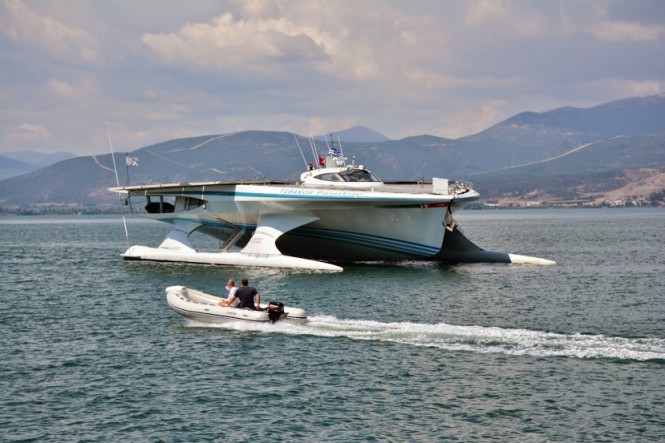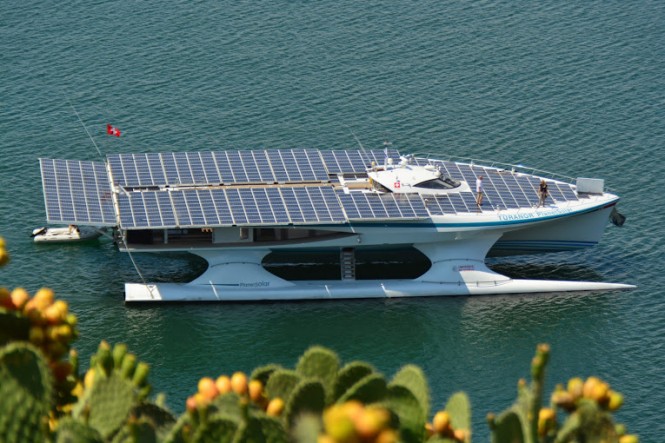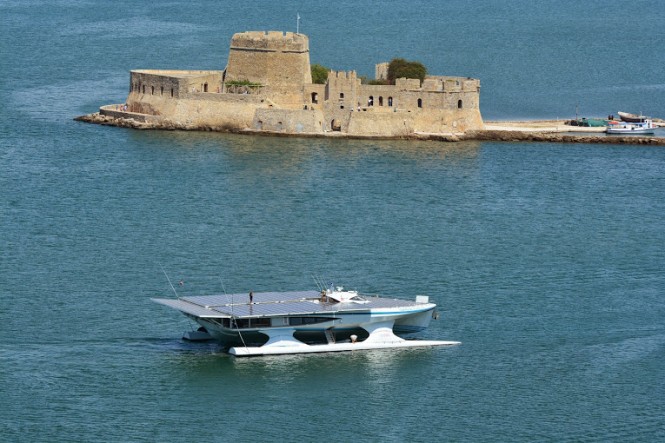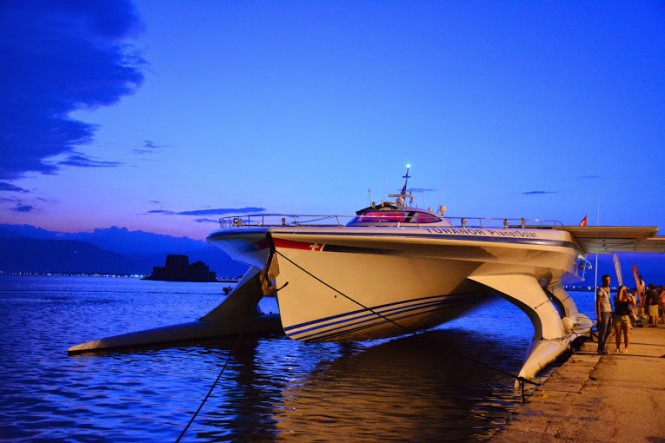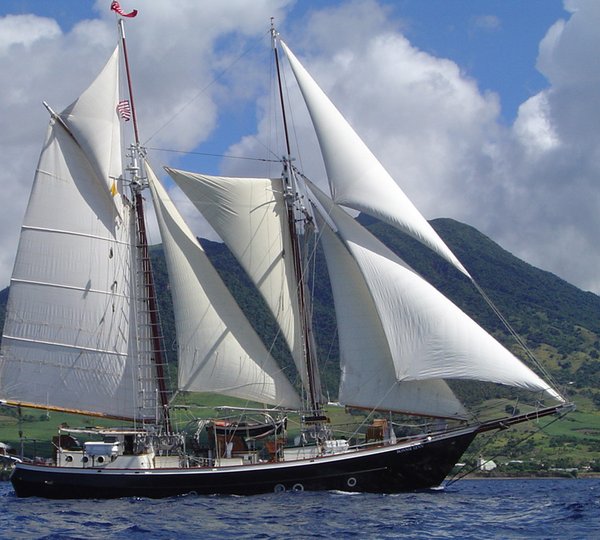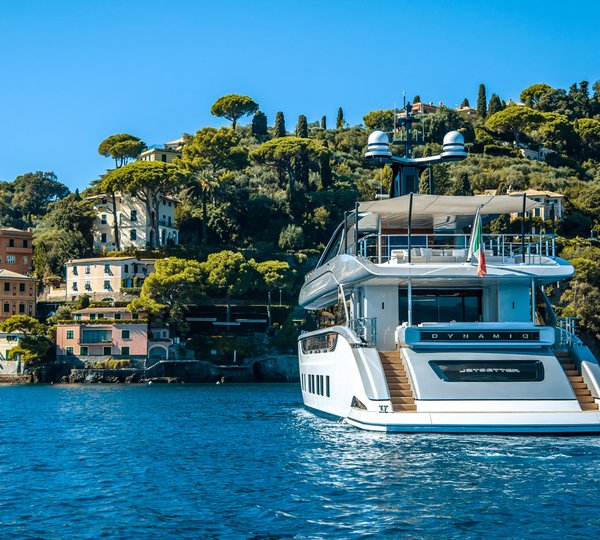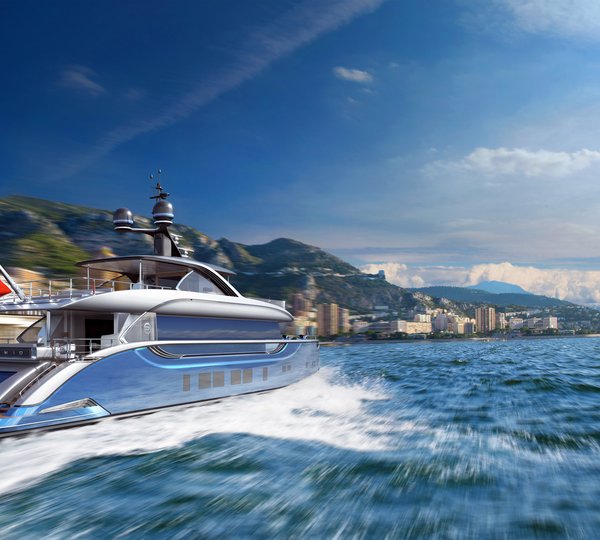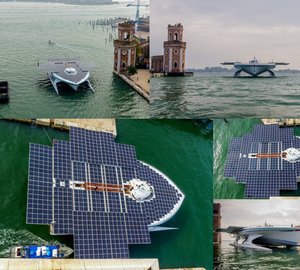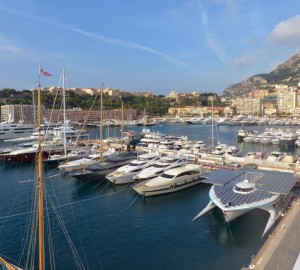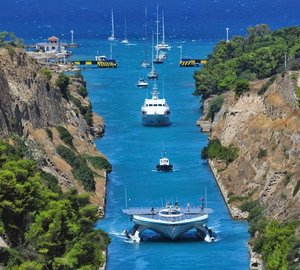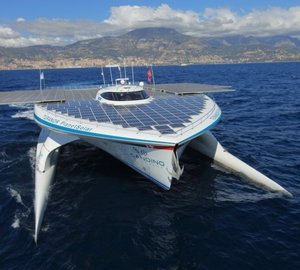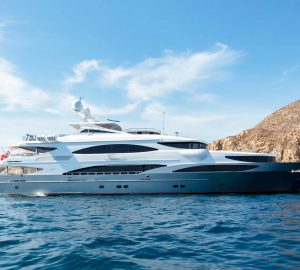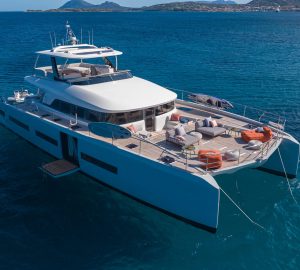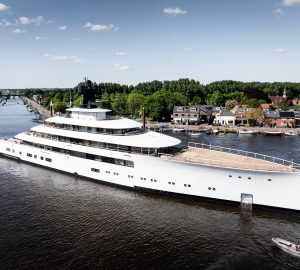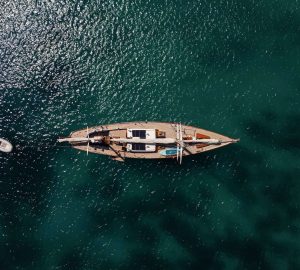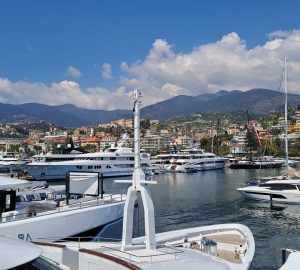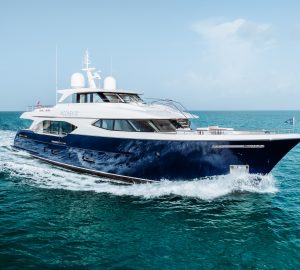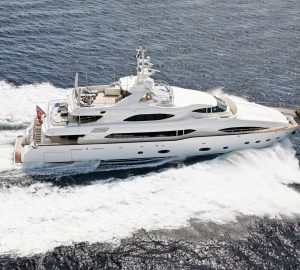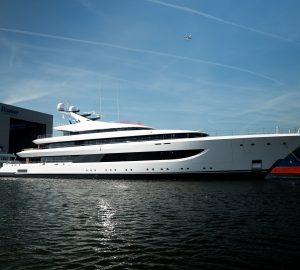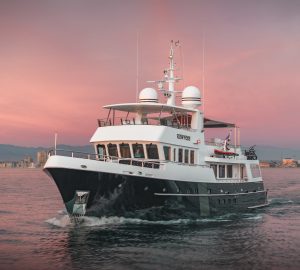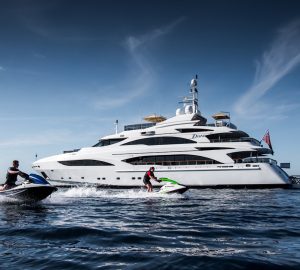Terrasubmersa, the archaeological mission led by the University of Geneva (UNIGE) aboard the MS Tûranor PlanetSolar, was concluded on last Friday, following almost a month in the popular Mediterranean yacht charter destination – Greece, of which 11 days were dedicated exclusively to science. The expedition’s objective was to explore the prehistoric landscapes that have been submersed by the waters in the Argolic Gulf, and identify traces of human activity. Aboard the MS Tûranor PlanetSolar and a Greek research vessel, the Alkyon, the scientists took geophysical measurements and carried sub-aquatic excavations in the Bay of Kiladha. The research was preceded by three stopovers, all of which were marked with successfully organized events and visits of the boat. August 23, saw the largest solar-powered boat in the world leave for Venice in Italy, representing her next and last stopover of this year.
Since July 28, the MS Tûranor PlanetSolar has travelled through Greece as part of the UNIGE-led TerraSubmersa expedition. This mission was divided into two distinct phases. The first was to introduce the archaeologists’ work among the public and local authorities through a series of events organized along the three stops (Eretria, Athens, Napflio), while the second phase was exclusively dedicated to archaeological research in the Argolic Gulf.
“The catamaran’s spacious liveable surface and her complete energy independence, as well as her low draught and great maneuverability made it an optimal work platform for the researchers. Once again, the MS Tûranor PlanetSolar has shown that she is an ideal base for scientific research, and reaffirms her many versatile uses!” declared the ship’s captain, Gérard d’Aboville.
PlanetSolar is extremely satisfied with this mission. At each stopover, the ship was met with enthusiasm by the public, and drew the attention of Greek authorities. Thus, more than 2,000 people stepped through the catamaran’s walkway. Moreover, PlanetSolar had the opportunity to welcome local political figures aboard, including Konstantinos Tassoulas, the Greek minister of culture, Giannis Maniatis, the Greek minister of the environment, energy, and climate change, as well as the wife of the Greek Prime Minister Antonis Samaras. On the Swiss side, PlanetSolar also notably welcomed Walter Steinmann, director of the Federal Energy Office (OFEN).
Currently, the ship and her crew are sailing towards Venice. They are expected to drop anchor in the City of Doges on September 4.
Preliminary results of the TerraSubmersa Expedition
This Greek-Swiss expedition, led by UNIGE in collaboration with the Laténium of Neuchâtel, the Greek Service for Underwater Antiquities, the Swiss School of Archeology in Greece, and the Hellenic Center for Maritime Research, aimed to explore the prehistoric landscapes that have been submerged by the waters of the Argolic Gulf, in order to map them and to identify any potential traces of human activity.
At the end of the last Ice Age, about 20,000 years ago, the sea level was considerably lower than it is today. By mapping the landscapes that have disappeared underwater, archaeologists hope to understand the dynamics through which coastal zones were populated. In the TerraSubmersa expedition, research focused on the Franchti cave, located on the northern shore of the Bay of Kiladha, which was used for close to 35,000 years, from the Paleolithic to the Neolithic ages.
“We collected fantastic data, whose analysis will take two years of work,” enthuses Julien Beck, the expedition’s lead scientist. “The preliminary results are encouraging!”. In fact, by mapping the seabeds, the researchers found paleobeaches dating back to different periods in prehistory. All signs lead to believe that these beaches were visited by the users of the Franchti cave, in which scientists recovered shells and the fish bones. Furthermore, faults indicating tectonic shifts in the Argolic Gulf have been detected with the echo-sonar installed aboard the solar-powered ship. These faults could explain the difference in depth of the paleobeaches.

